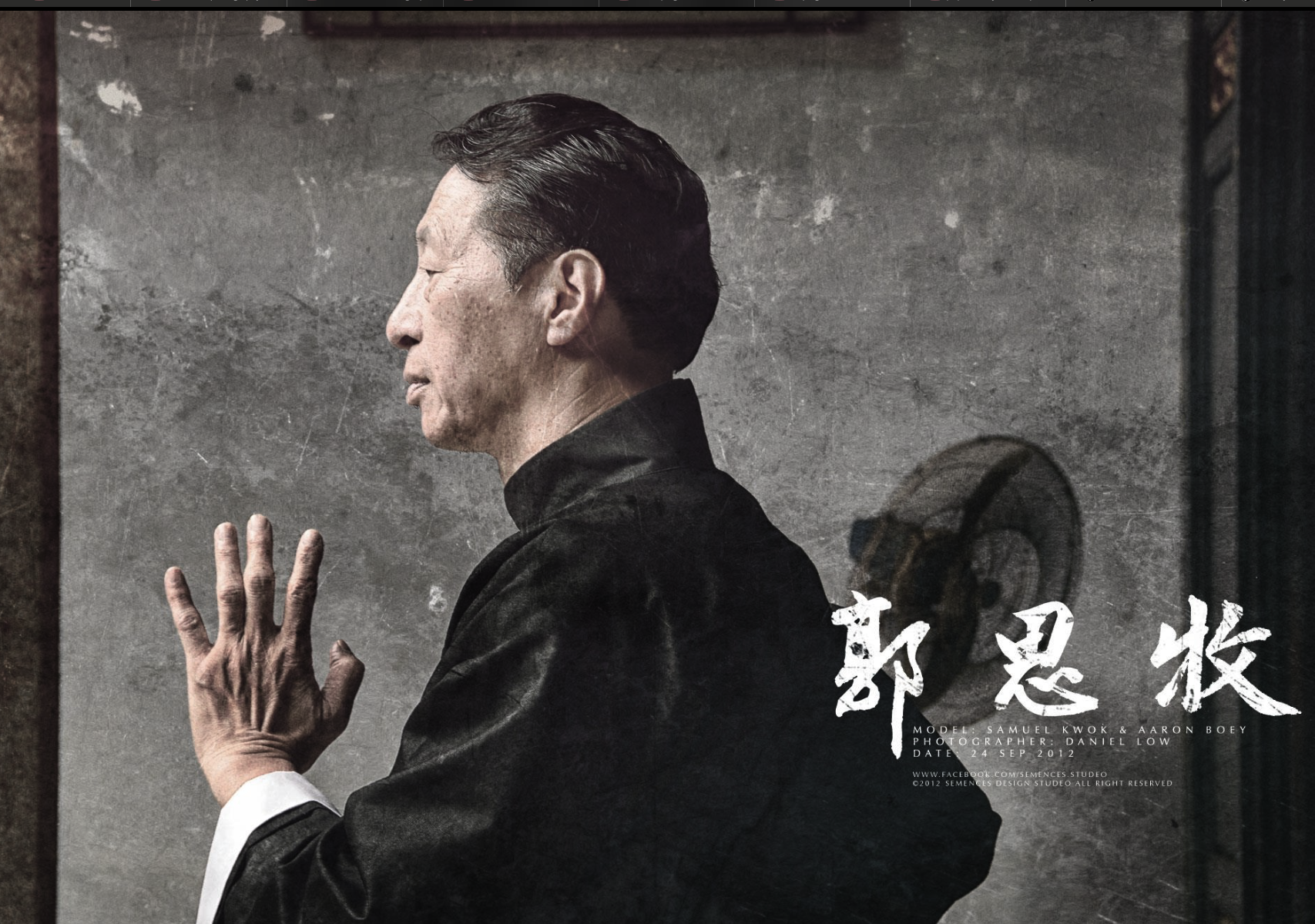
Pass On The Tradition
"Lineage is the living thread that carries the essence of Wing Chun - from generation to generation."
Ip Man Lineage
The Wing Chun family tree represents the most accurate account of our lineage, a heritage passed down by our Si Tai Gung, the late Grandmaster Ip Man. Known for teaching legendary martial artists like Bruce Lee. Grandmaster Ip Man entrusted his system to his most dedicated students, including his sons, Grandmasters Ip Chun and Ip Ching. They, in turn, passed it to Grandmaster Samuel Kwok, who later instructed Master Bryan Talbot and Sifu Sung Choi. This unbroken chain connects our Sifu, directly to the founder of Wing Chun Kung Fu, Ng Mui, preserving the art's authenticity and legacy.
Meet Our Masters
Sifu Bryan Talbot and Grandmaster Samuel Kwok
Grandmaster Samuel Kwok
Born in Hong Kong in 1948, Grandmaster Samuel Kwok began his martial arts journey with White Crane Kung Fu before discovering Wing Chun in 1967. After moving to the UK in 1972, he trained under Lee Sing, who later introduced him to Grandmaster Ip Chun, eldest son of the legendary Ip Man. Under Ip Chun’s personal guidance, Master Kwok refined his skills in the art’s deepest forms, including the Wooden Dummy, and dedicated himself to preserving the authentic Ip Man lineage. He went on to establish schools in Hong Kong and the UK, organizing historic seminars with Grandmasters Ip Chun, Ip Ching, and Chu Shon Tin, bringing Wing Chun to thousands of students worldwide. Today, as head of one of the largest Wing Chun associations in the world, Grandmaster Kwok continues to teach and inspire, passing on the tradition with the same care and precision entrusted to him by his teachers.
Master Bryan Talbot
Founder, West Coast Wing Chun
Sigung Bryan (the Sifu of Sifu Sung Choi) heads the West Coast Wing Chun family of kwoons, and the parent kwoon that started it all in Long Beach, CA.
SIFU BRYAN TALBOT’S WING CHUN EXPERIENCE:
50 Years Martial Arts
38 Years Ip Man Wing Chun
32 years teaching Ip Man Wing Chun
Reiki Master
Personal Disciple Of Grandmaster Samuel Kwok





